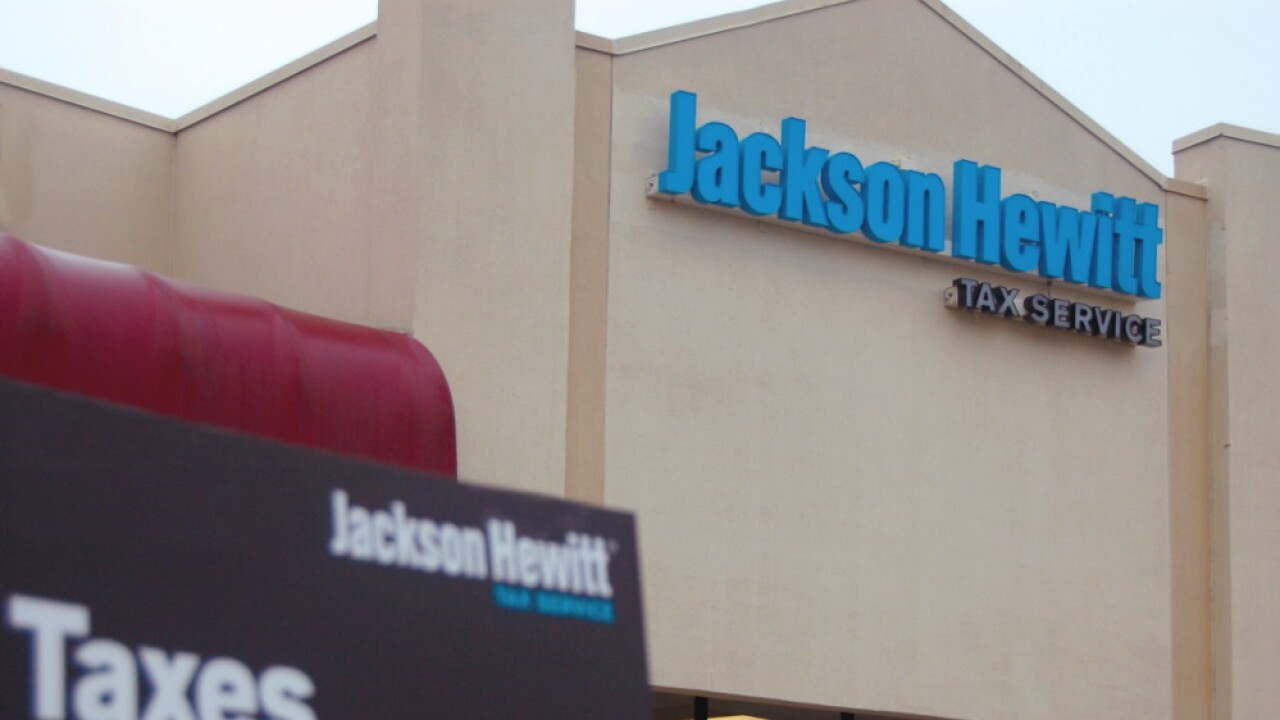The Trump administration is giving taxpayers a new way to avoid a tax penalty if they fail to have health insurance under the Affordable Care Act.
On Wednesday, the Centers for Medicare & Medicaid Services provided a more streamlined way for consumers to claim on their federal income tax returns a hardship exemption from the tax penalty that the IRS can impose on taxpayers if they don’t have health coverage for 2018, making it easier for taxpayers to claim their exemption. The Tax Cuts and Jobs Act that Congress passed last December repealed the individual mandate for 2019, but not 2018.
The Affordable Care Act requires all Americans to get “minimum essential coverage” or else pay a tax penalty. However, individuals may be eligible for a hardship exemption if they experience certain circumstances that prevent them from obtaining coverage, such as homelessness or being the victim of a fire, flood or some other natural disaster.
The new option to claim a hardship exemption through the federal tax filing process responds to President Trump’s first executive order, in which he directed agencies to minimize the economic and regulatory burdens of the Affordable Care Act, instructing them to exercise all the authority and discretion they have available to grant exemptions from ACA requirements that would impose a financial burden on individuals and families.
“Today’s announcement shows how President Trump’s administration is working to ease the burden of Obamacare.” said CMS Administrator Seema Verma in a statement. “Although the tax cuts signed by the president earlier this year eliminate the mandate penalty starting in 2019, Americans are still under threat of the penalty for this tax year of 2018. This guidance will simplify how consumers claim the hardship exemption from the individual mandate directly on their tax return.”

Certain categories of hardship exemptions already may be claimed on a federal income tax return without obtaining an exemption certificate number, or ECN, from a federally facilitated exchange, or FFE. The new guidance makes no changes to these categories of hardship exemptions, which include exemptions available to people with income below the tax filing threshold; family members whose combined cost of self-only coverage is considered unaffordable; people who are eligible for services through an Indian health care provider; and people who are ineligible for Medicaid based on a state’s decision not to expand Medicaid coverage. To provide additional flexibility for those in need of a hardship exemption for 2018, CMS is announcing that consumers can claim hardship exemptions either by obtaining an ECN through the FFE using the existing application process, or on a federal income tax return without presenting the documentary evidence or written explanation generally required for hardship exemptions.
CMS cautioned that consumers should keep with their other tax records any documentation that demonstrates qualification for the hardship exemption. A description of the hardship exemptions available that CMS intends to add to the list of exemptions can be
The form to apply for a hardship exemption through the FFE is available





